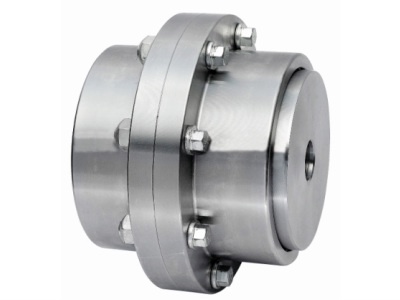Flexible gear couplings are mechanical devices used to transmit torque between two shafts while compensating for misalignment and absorbing shock loads. Choosing the appropriate flexible gear coupling for your application is crucial to ensure efficient and reliable operation. Here are some essential considerations when selecting a flexible gear coupling:
- Torque Capacity: Determine the required torque capacity of the coupling based on the application’s torque demands. It is important to consider both the maximum and average torque values to ensure the coupling can handle peak loads without exceeding its rated capacity.
- Misalignment Tolerance: Evaluate the expected misalignment between the connected shafts. Flexible gear couplings can accommodate angular, parallel, and axial misalignments. Make sure the chosen coupling has sufficient misalignment capabilities to compensate for the anticipated misalignment in your application.
- Speed and RPM: Consider the operating speed and RPM range of the coupling. Some couplings have limitations on speed due to factors such as balance, critical speed, and lubrication requirements. Ensure that the selected coupling is designed to handle the desired rotational speed without compromising performance or safety.
- Size and Space Constraints: Take into account the available space and size constraints within your application. Couplings are available in various sizes and configurations, so choose a model that fits the available space while providing the required performance.
- Service and Maintenance: Evaluate the maintenance requirements of the coupling. Some couplings may require periodic lubrication or inspection, while others are designed to be maintenance-free. Consider the accessibility of the coupling for inspection, lubrication, and potential repairs.
- Environmental Conditions: Consider the operating environment and its impact on the coupling’s performance. Factors such as temperature, humidity, dust, chemicals, and exposure to corrosive agents can affect the coupling’s durability and lifespan. Choose a coupling that is suitable for the specific environmental conditions of your application.
- Shock and Vibration: Assess the level of shock and vibration in your application. Flexible gear couplings are known for their ability to dampen shock loads and absorb vibration. Ensure the selected coupling has the necessary shock absorption capabilities to protect the connected equipment and minimize wear and tear.
- Backlash: Backlash refers to the amount of play or free movement between the gear teeth of the coupling. Excessive backlash can affect precision and introduce noise and vibration. Consider the required level of backlash for your application and select a coupling that meets your specifications.
- Material Selection: Couplings are typically made from materials such as steel, cast iron, or aluminum. Consider factors such as strength, corrosion resistance, and weight when choosing the material. Additionally, certain applications may require specialized materials such as stainless steel or non-metallic compounds for specific performance requirements.
- Reliability and Service Life: Evaluate the reliability and service life of the coupling. Look for couplings from reputable manufacturers with a track record of producing reliable products. Consider factors such as load capacity, fatigue resistance, and overall durability to ensure the selected coupling can withstand the expected operating conditions and provide a long service life.
- Cost: Finally, consider the cost-effectiveness of the coupling. While it’s essential to choose a high-quality and reliable coupling, also evaluate the cost in relation to the expected benefits and performance. Compare different coupling options, taking into account factors such as initial cost, maintenance requirements, and potential downtime costs.
By considering these factors and consulting with coupling manufacturers or experts, you can select a flexible gear coupling that meets your specific application requirements, ensuring efficient power transmission, reduced wear and tear, and increased equipment reliability.


No comments yet